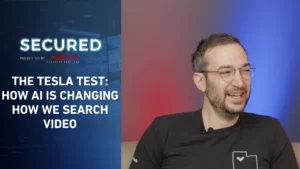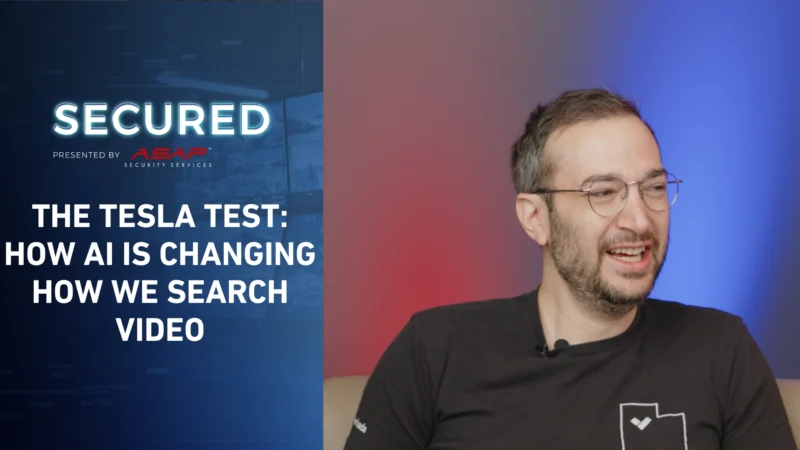SIONYX NIGHT-VISION IS THE TECHNOLOGY TO BEAT
The human eye cannot pick up IR or utilize it for sight. But harnessing this light can create visual possibilities beyond your wildest dreams. That’s why SiOnyx’s advanced image sensors within the Aurora are a magical solution to our evening photography challenges.
Why Pixels Matter
Pixels capture light and turn it into data. That data is made up of both good and bad information. The bad information, or “noise,” creates image imperfections and reduces image quality. The more good information (“signal”) you have, the less disruptive the noise is. Larger pixels capture more light (more signal), so whether it’s light or dark, the larger pixels in Aurora’s sensors create a higher quality picture. SiOnyx technology outperforms current sensors with smaller pixels and a reduced ability to capture NIR light.
The Aurora Difference
Silicon image sensors are limited by small pixel size and low sensitivity to NIR, so their night vision capabilities are minimized. SiOnyx has created an advanced CMOS image sensor chip with enhanced NIR sensitivity, as well as larger pixels that are maximized for low-light imaging, a quantum leap beyond the competition. With its broad spectrum light sensitivity, the Aurora can collect more light and make use of a stronger signal to do the seemingly impossible: see in the dark.
Nightglow Applications
The atmospheric light emissions of nightglow are the result of atoms and molecules ionized by solar radiation. This scientific phenomenon creates light that human eyes cannot process, but SiOnyx sensors can. Aurora’s sensors are among the most sophisticated low-light sensors available, making it ideal for applications that require excellent night vision. Some of these applications include surveillance, security, biometrics, phlebotomy, hyperspectral imaging, and more.
Leveraging the power of this naturally occurring light source has allowed SiOnyx to offer a camera that sees what other cameras cannot. The Aurora is useful in various industries and is a great choice for a personal camera. It allows users to capture those moments that only happen only by starlight: hunting, boating, and ghost hunting. Other cameras, with limited near infrared sensitivity, are not as practical in the real world. This is an important issue as infrared is increasingly utilized for applications like gesture user interface, face and iris detection, and depth sensing. The industry needs as much near infrared sensitivity as possible.
The SiOnyx Aurora is the world’s first camera capable of capturing moments in day or night. Our patented ultra-low light IR sensor technology enables true night vision.
Read more at sionyx.com









